Home>Furniture & Design>Interior Design Trends>How To Remove A Glass Splinter You Can’t See
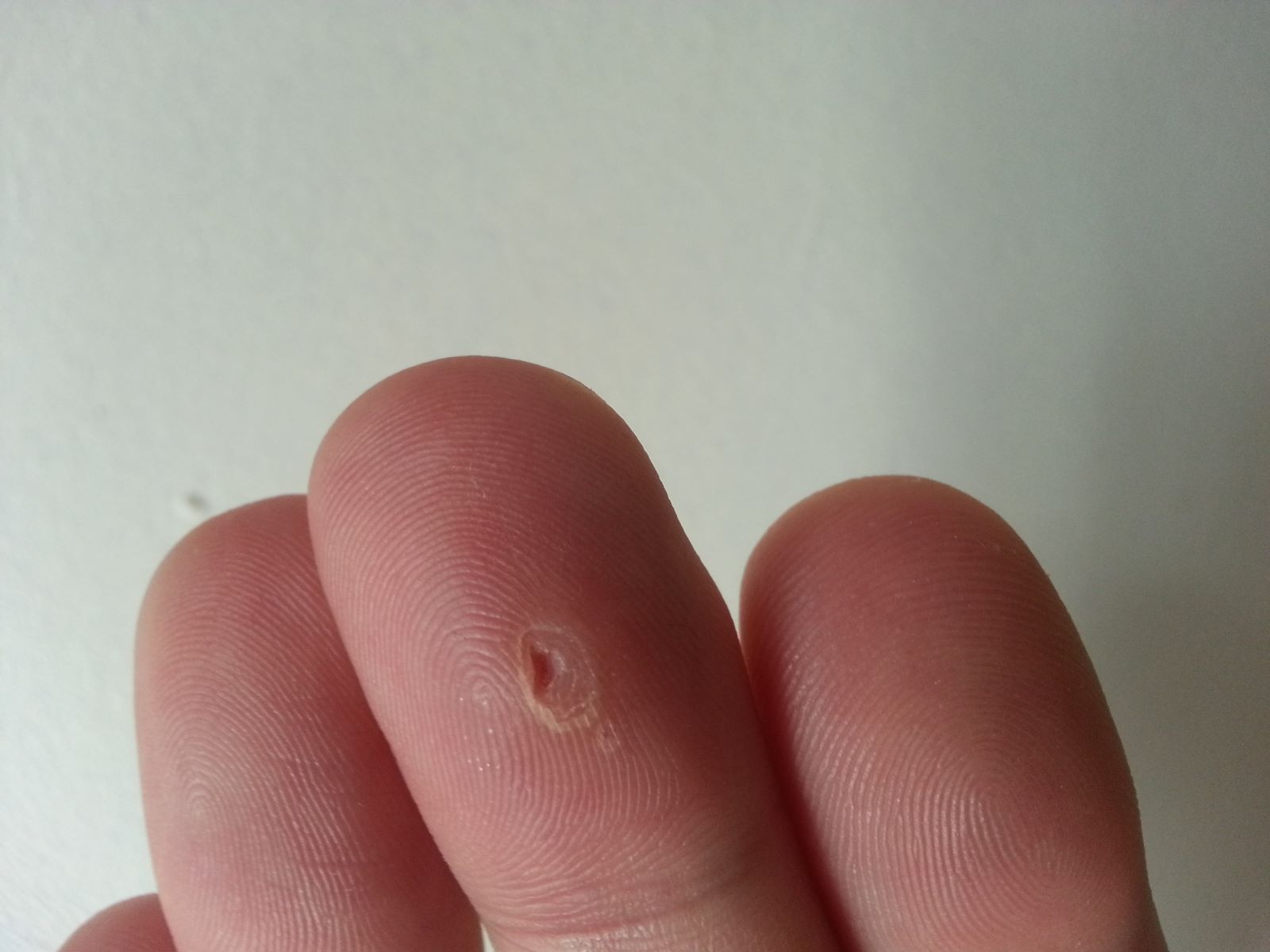

Interior Design Trends
How To Remove A Glass Splinter You Can’t See
Modified: August 20, 2024
Learn effective techniques for removing a glass splinter that's invisible to the eye. Discover the latest interior design trends to elevate your space.
(Many of the links in this article redirect to a specific reviewed product. Your purchase of these products through affiliate links helps to generate commission for Storables.com, at no extra cost. Learn more)
Signs of a Glass Splinter
Identifying a glass splinter lodged in your skin can be challenging, especially when it's not visible to the naked eye. However, several signs can indicate the presence of a glass splinter beneath the skin's surface. It's crucial to pay attention to these signs to prevent potential complications and ensure timely removal.
-
Pain and Discomfort: If you experience persistent pain or discomfort in a specific area of your skin, it could indicate the presence of a glass splinter. The pain may intensify when pressure is applied to the affected area or when you move the surrounding muscles.
-
Redness and Swelling: A glass splinter can trigger localized inflammation, leading to redness and swelling around the entry point. The affected area may appear slightly raised and feel warm to the touch.
-
Tenderness to Touch: When a glass splinter is embedded in the skin, the surrounding area may become tender and sensitive to touch. Even gentle pressure on the affected site can elicit discomfort or pain.
-
Visible Entry Point: In some cases, a tiny entry point may be visible on the skin's surface, indicating where the glass splinter penetrated. However, it's essential to note that glass splinters can be minuscule, making them difficult to detect visually.
-
Pus or Discharge: If the body's immune response is triggered by the presence of a glass splinter, it may lead to the formation of pus or a clear discharge at the entry site. This is a sign of infection and should be addressed promptly.
-
Delayed Healing: When a glass splinter remains embedded in the skin, the body's natural healing process may be impeded. As a result, the affected area may take longer to heal than usual, and the skin may appear irritated or fail to show signs of improvement.
Recognizing these signs is crucial for prompt and effective removal of the glass splinter. By staying vigilant and addressing these indicators, you can mitigate the risk of complications and facilitate the safe extraction of the foreign object from your skin.
Key Takeaways:
- Don’t ignore signs of a glass splinter like pain, redness, or pus. Prompt removal is key to preventing complications and promoting healing.
- Before removing a glass splinter, clean the area, sterilize tools, and be patient. Seek medical help for deeply embedded splinters or persistent pain.
Read more: How To Get A Glass Splinter Out
Precautions Before Removal
Before attempting to remove a glass splinter that is not visible to the naked eye, it is essential to take certain precautions to minimize the risk of complications and ensure a safe and successful extraction process. By adhering to these precautions, you can safeguard your well-being and optimize the chances of effectively eliminating the foreign object from your skin.
First and foremost, it is crucial to thoroughly clean the affected area with mild soap and water. Gently washing the skin around the suspected entry point of the glass splinter helps reduce the risk of introducing additional bacteria or debris into the wound during the removal process. This initial cleansing step is vital for creating a clean and sanitized environment, which is conducive to safe splinter removal.
After cleaning the area, it is advisable to disinfect the surrounding skin with an antiseptic solution to further minimize the risk of infection. Applying an antiseptic, such as hydrogen peroxide or rubbing alcohol, can help eliminate surface bacteria and reduce the likelihood of complications following the removal of the glass splinter. This precautionary measure is particularly important, as it helps create an environment that is less conducive to bacterial growth and subsequent infection.
Additionally, it is essential to ensure that the tools used for splinter removal are clean and sterilized. This includes tweezers, needles, or any other implements that may be utilized in the extraction process. Sterilizing the tools by soaking them in rubbing alcohol or carefully passing them through a flame helps minimize the risk of introducing harmful bacteria into the wound, thereby reducing the potential for infection.
Furthermore, it is important to exercise caution and patience during the removal process. Rushing or using excessive force to extract the glass splinter can lead to further skin trauma and potential breakage of the splinter, making it more challenging to remove. Therefore, approaching the removal process with a steady hand and gentle precision is crucial for minimizing discomfort and optimizing the chances of complete splinter extraction.
By adhering to these precautions before attempting to remove a glass splinter that is not visible to the naked eye, individuals can create a safer and more conducive environment for successful extraction. These measures help mitigate the risk of infection, minimize skin trauma, and enhance the overall effectiveness of the removal process, ultimately promoting a smoother and more successful resolution of the splinter-related concern.
Methods for Removing a Glass Splinter You Can't See
When dealing with a glass splinter that is not visible to the naked eye, several methods can be employed to facilitate its safe and effective removal. These techniques are designed to minimize discomfort, reduce the risk of complications, and optimize the chances of completely extracting the foreign object from the skin. It's important to approach the removal process with care and precision to ensure a successful outcome.
1. Tape Method
The tape method is a simple yet effective approach for removing a glass splinter that is not readily visible. To employ this method, a piece of adhesive tape, such as duct tape or transparent household tape, is gently pressed onto the skin surrounding the suspected entry point of the splinter. After adhering the tape to the skin, it is carefully peeled off in the opposite direction of hair growth. This action creates a pulling force that may dislodge the splinter from the skin, allowing it to adhere to the tape's adhesive surface.
2. Baking Soda Paste
Creating a baking soda paste can help draw out a glass splinter that is embedded beneath the skin's surface. To prepare the paste, mix a small amount of baking soda with water to form a thick, consistent mixture. Apply the paste to the affected area and cover it with a bandage or adhesive tape. Over time, the paste may help to draw the splinter closer to the skin's surface, making it easier to remove with tweezers or tape.
Read more: Why Cant You Recycle Pizza Boxes
3. Epsom Salt Soak
Soaking the affected area in warm water infused with Epsom salt can aid in loosening the skin and potentially drawing the glass splinter closer to the surface. Epsom salt possesses natural drawing properties, which may help coax the splinter out of the skin. After soaking the affected area for a sufficient period, the splinter may become more accessible for removal using tweezers or tape.
4. Needle and Tweezers
If the above methods do not yield the desired results, using a sterilized needle and tweezers under proper lighting and magnification can be considered. Carefully sterilize the needle and tweezers, then gently create a small incision to expose the tip of the splinter. Subsequently, use the sterilized tweezers to grasp the exposed end of the splinter and gently pull it out in the same direction it entered the skin.
5. Seeking Medical Assistance
In cases where the glass splinter remains inaccessible or embedded deeply within the skin, seeking medical assistance from a healthcare professional, such as a dermatologist or primary care physician, is advisable. Medical professionals have the expertise and specialized tools to safely and effectively remove deeply embedded splinters, minimizing the risk of complications and ensuring proper wound care.
By employing these methods for removing a glass splinter that is not visible to the naked eye, individuals can address the issue proactively and minimize the discomfort associated with a foreign object lodged in the skin. It's important to approach the removal process with caution and patience, prioritizing safety and effectiveness to achieve a successful outcome.
When to Seek Medical Attention
In certain circumstances, seeking medical attention for the removal of a glass splinter that is not visible to the naked eye is crucial to ensure proper care and minimize the risk of complications. While many glass splinters can be safely removed at home using various methods, there are specific scenarios where professional medical intervention is warranted.
-
Deeply Embedded Splinter: If the glass splinter is deeply embedded in the skin or is located in a sensitive area, such as near the eyes, face, or genitals, seeking medical attention is highly advisable. Attempting to remove deeply embedded splinters at home can pose a risk of further injury or infection, making professional assistance essential for safe and effective removal.
-
Persistent Pain and Inflammation: When the affected area exhibits persistent pain, inflammation, or signs of infection, such as redness, warmth, or the presence of pus, it indicates a potential complication that requires medical evaluation. These symptoms may signify an underlying infection or an incomplete removal of the splinter, necessitating professional assessment and appropriate treatment.
-
Difficulty in Removal: If attempts to remove the glass splinter at home prove unsuccessful or if the splinter breaks during the extraction process, seeking medical attention becomes imperative. A healthcare professional can utilize specialized tools and techniques to address challenging removal scenarios, minimizing the risk of complications and ensuring the complete extraction of the foreign object.
-
History of Medical Conditions: Individuals with pre-existing medical conditions, such as diabetes or compromised immune systems, should consider seeking medical attention for glass splinter removal. These conditions can increase the risk of infection and delay wound healing, making professional care essential to mitigate potential complications and promote optimal recovery.
-
Presence of Foreign Material: In cases where the glass splinter is accompanied by foreign material, such as dirt, debris, or chemicals, seeking medical attention is crucial. Professional evaluation can ensure thorough cleansing of the wound and appropriate management of any associated foreign substances, reducing the risk of infection and promoting proper healing.
By recognizing these indicators and understanding when to seek medical attention for the removal of a glass splinter that is not visible to the naked eye, individuals can prioritize their well-being and take proactive steps to address potential complications effectively. Seeking professional medical assistance in these circumstances can lead to safe and successful splinter removal, minimizing the risk of adverse outcomes and promoting optimal wound care.
Frequently Asked Questions about How To Remove A Glass Splinter You Can't See
Was this page helpful?
At Storables.com, we guarantee accurate and reliable information. Our content, validated by Expert Board Contributors, is crafted following stringent Editorial Policies. We're committed to providing you with well-researched, expert-backed insights for all your informational needs.



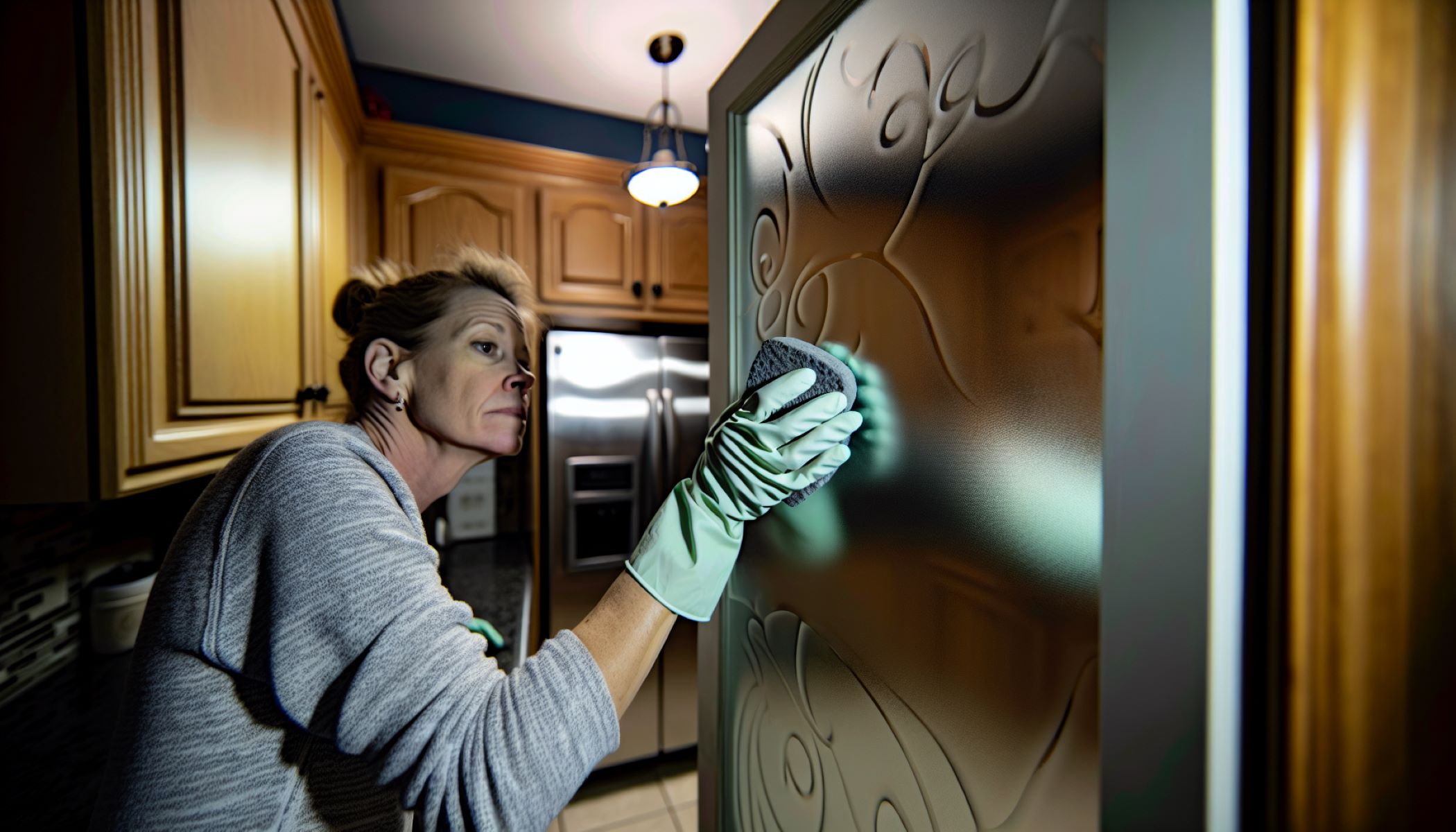
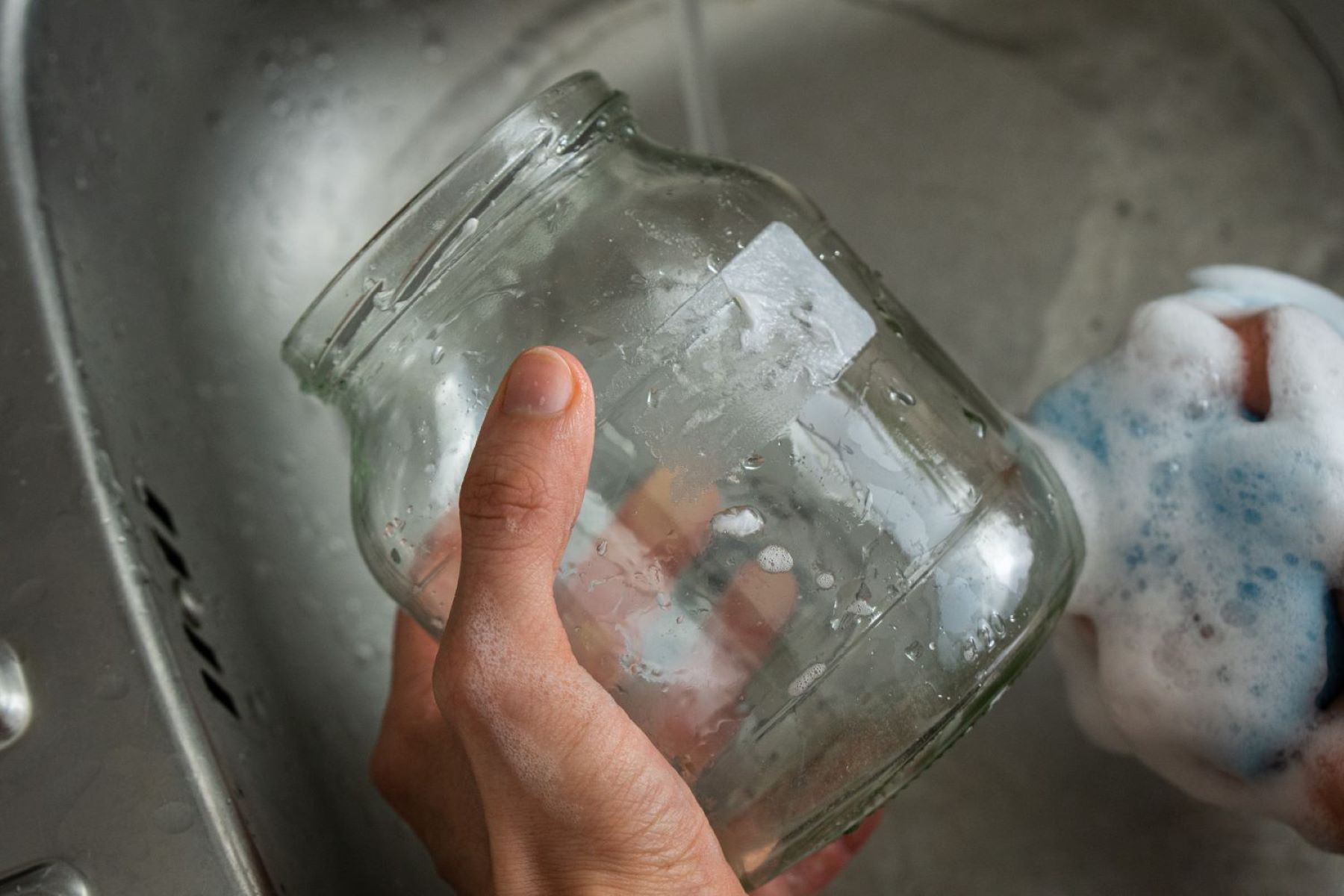

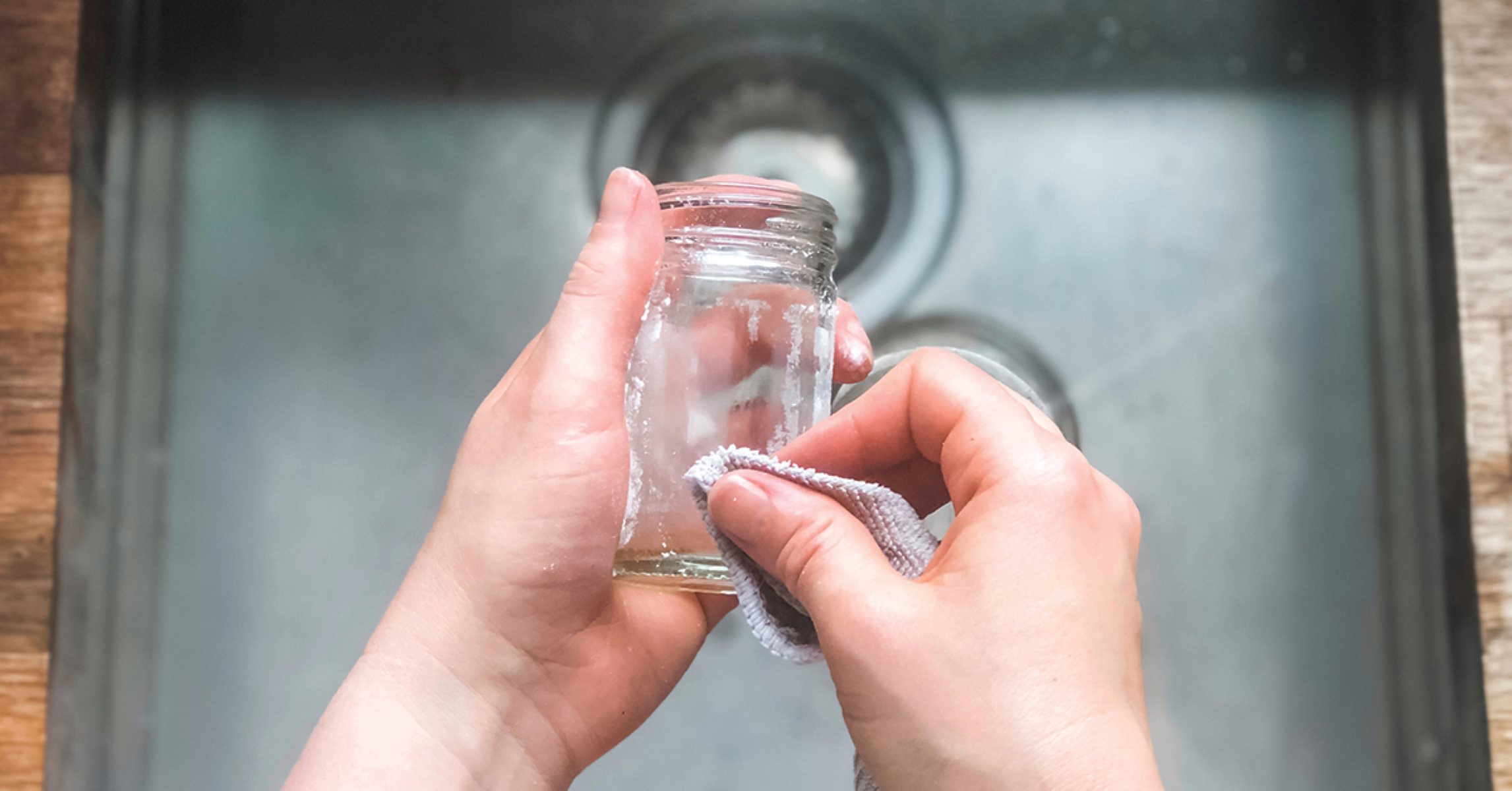

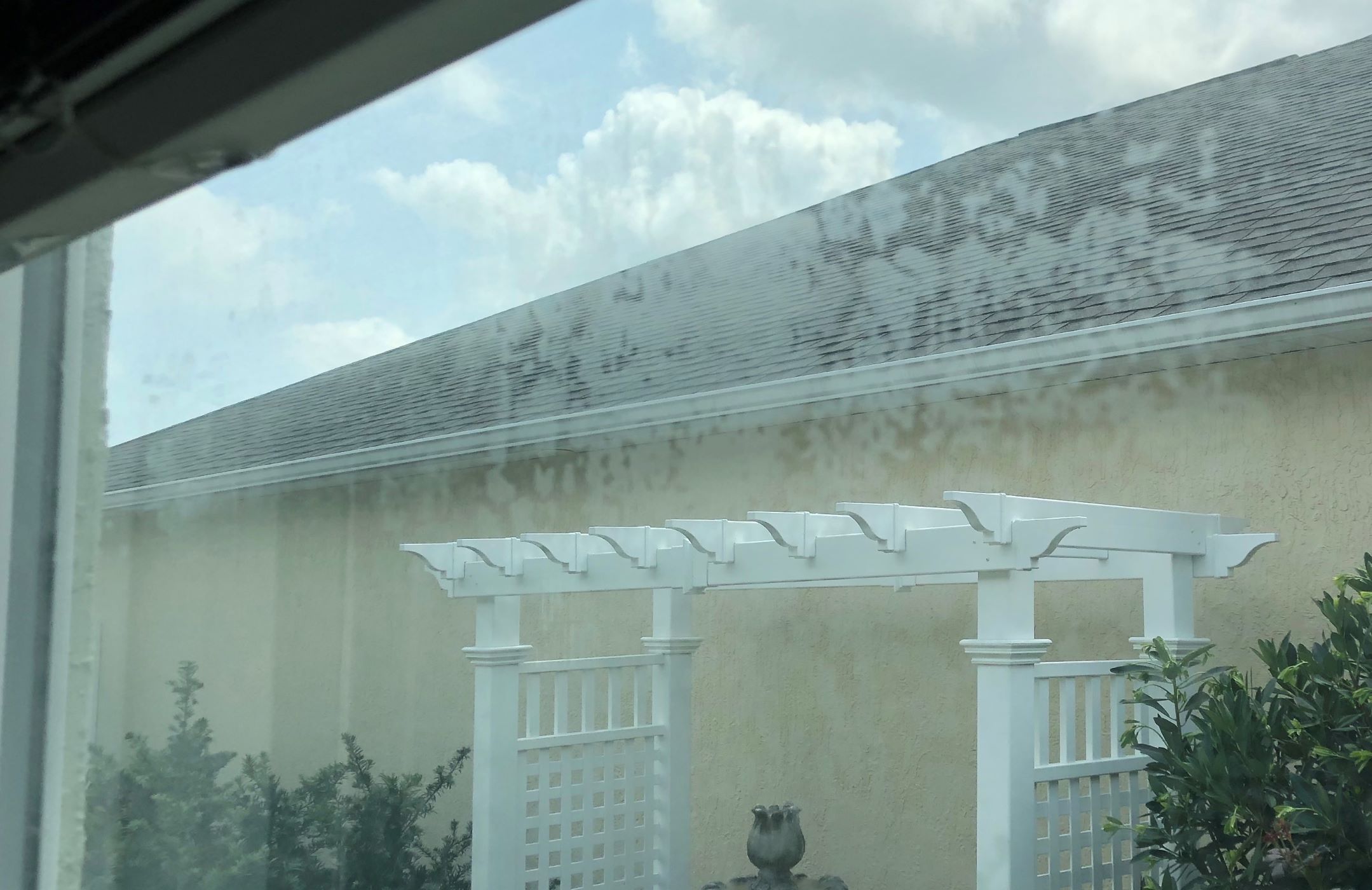
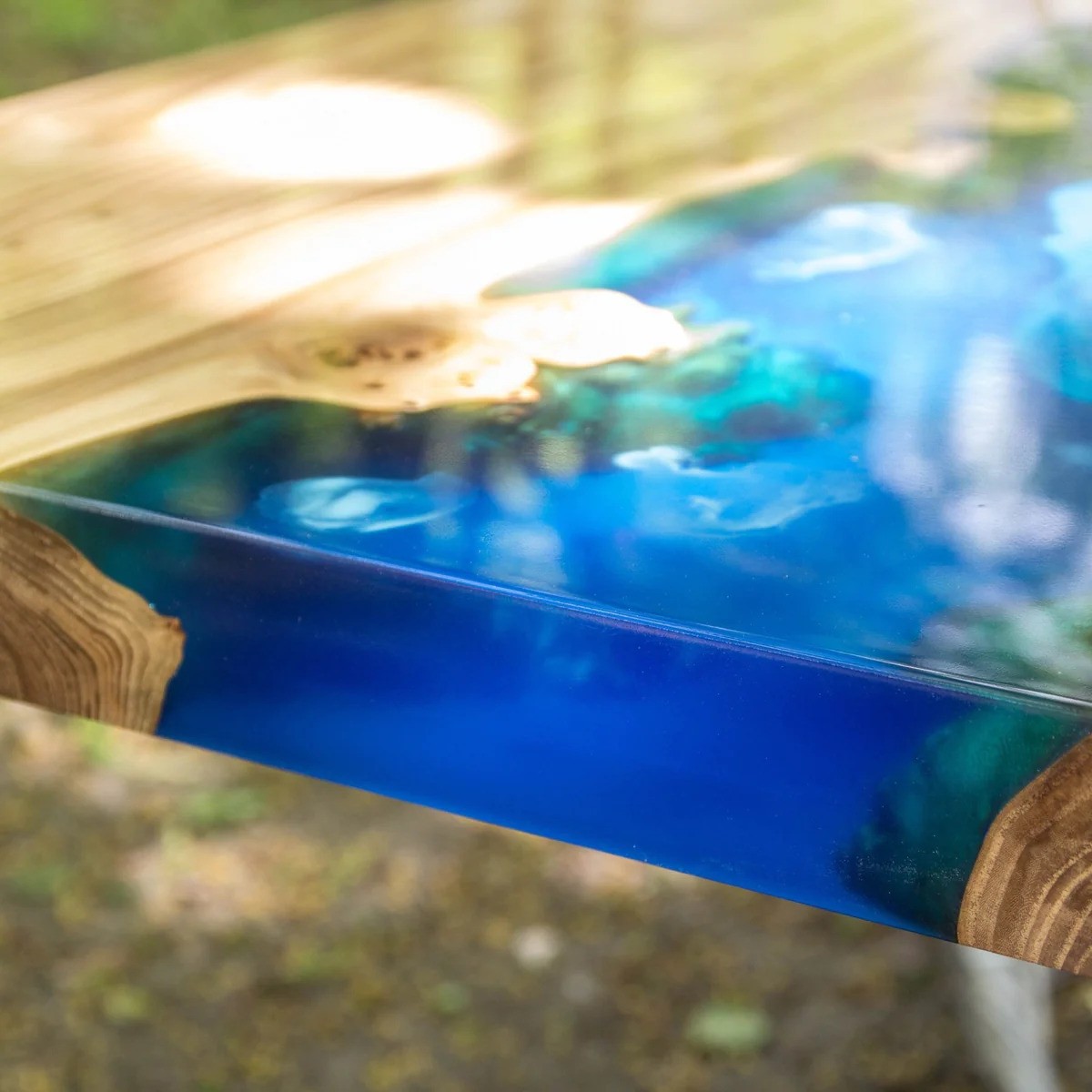
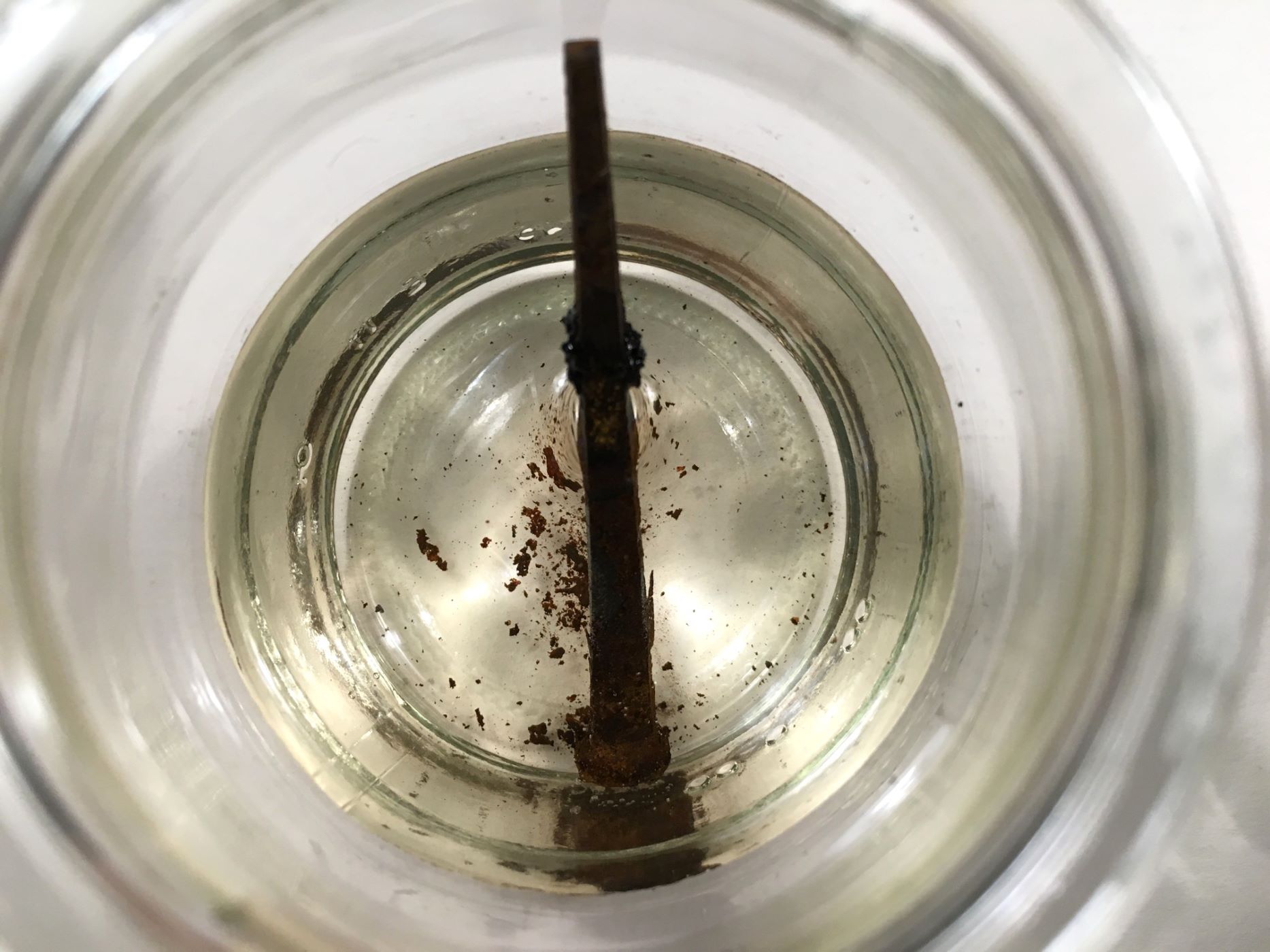
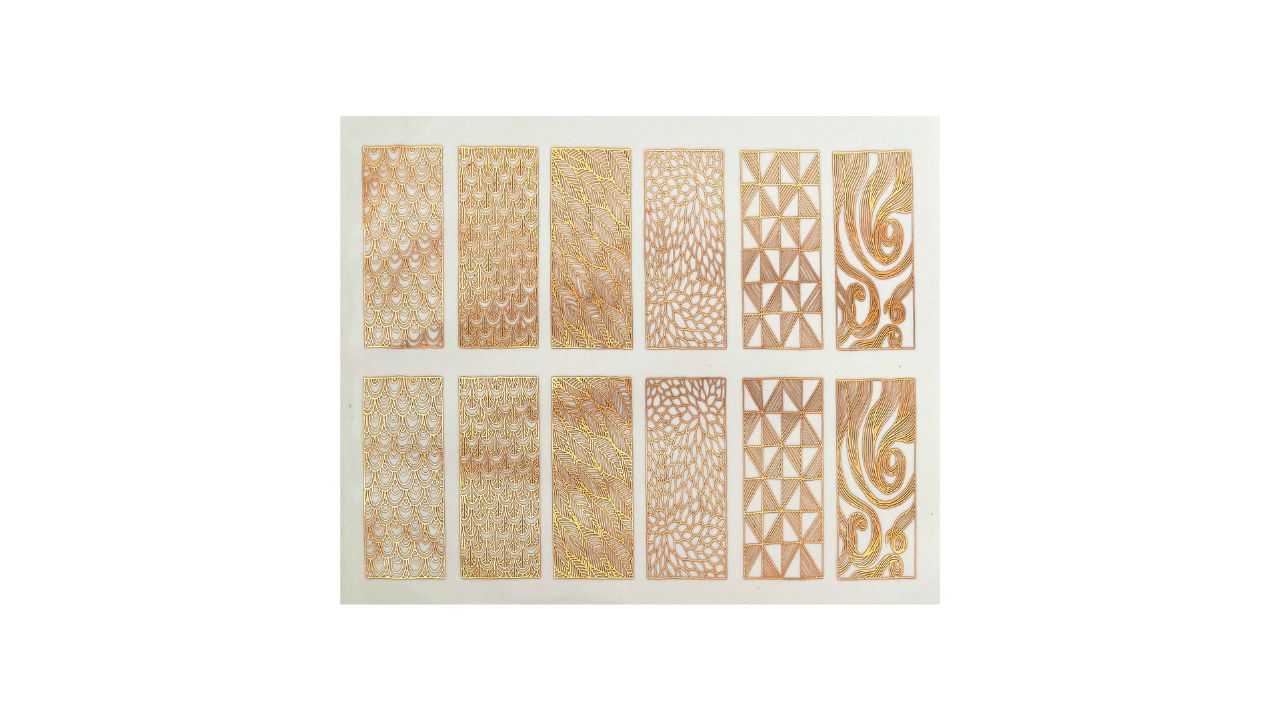
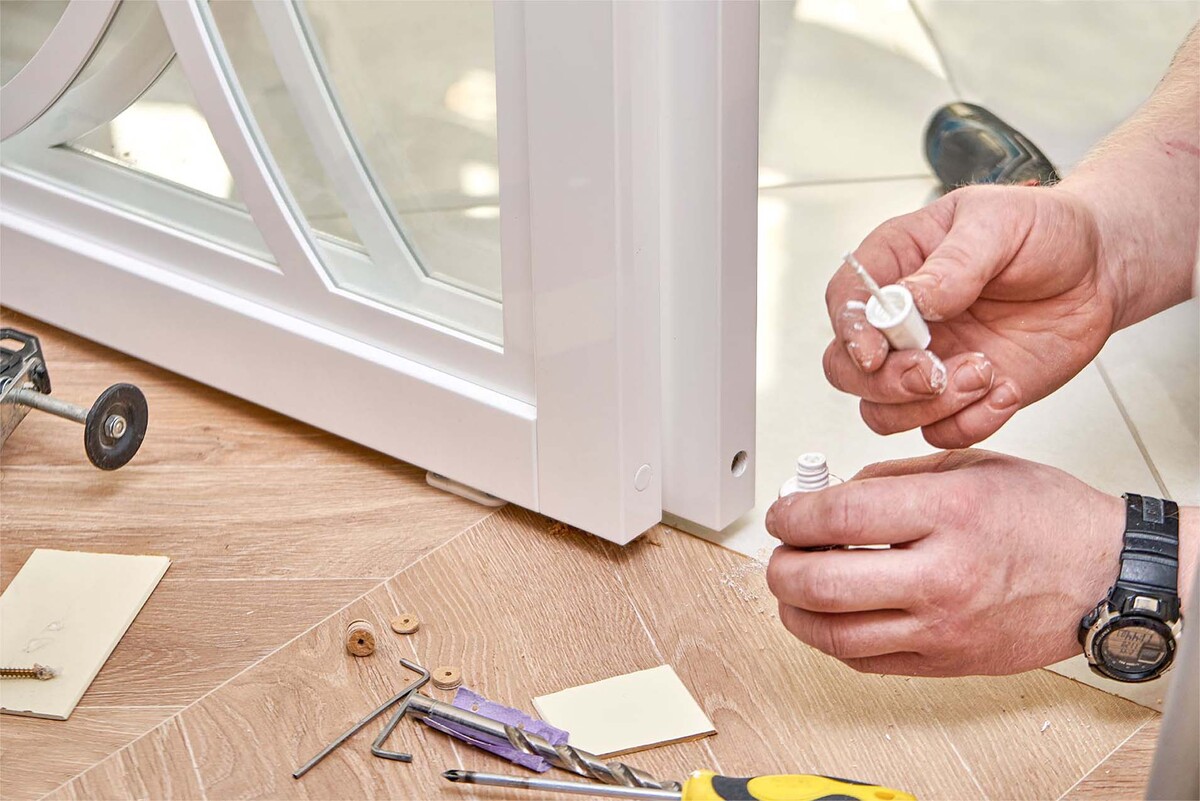
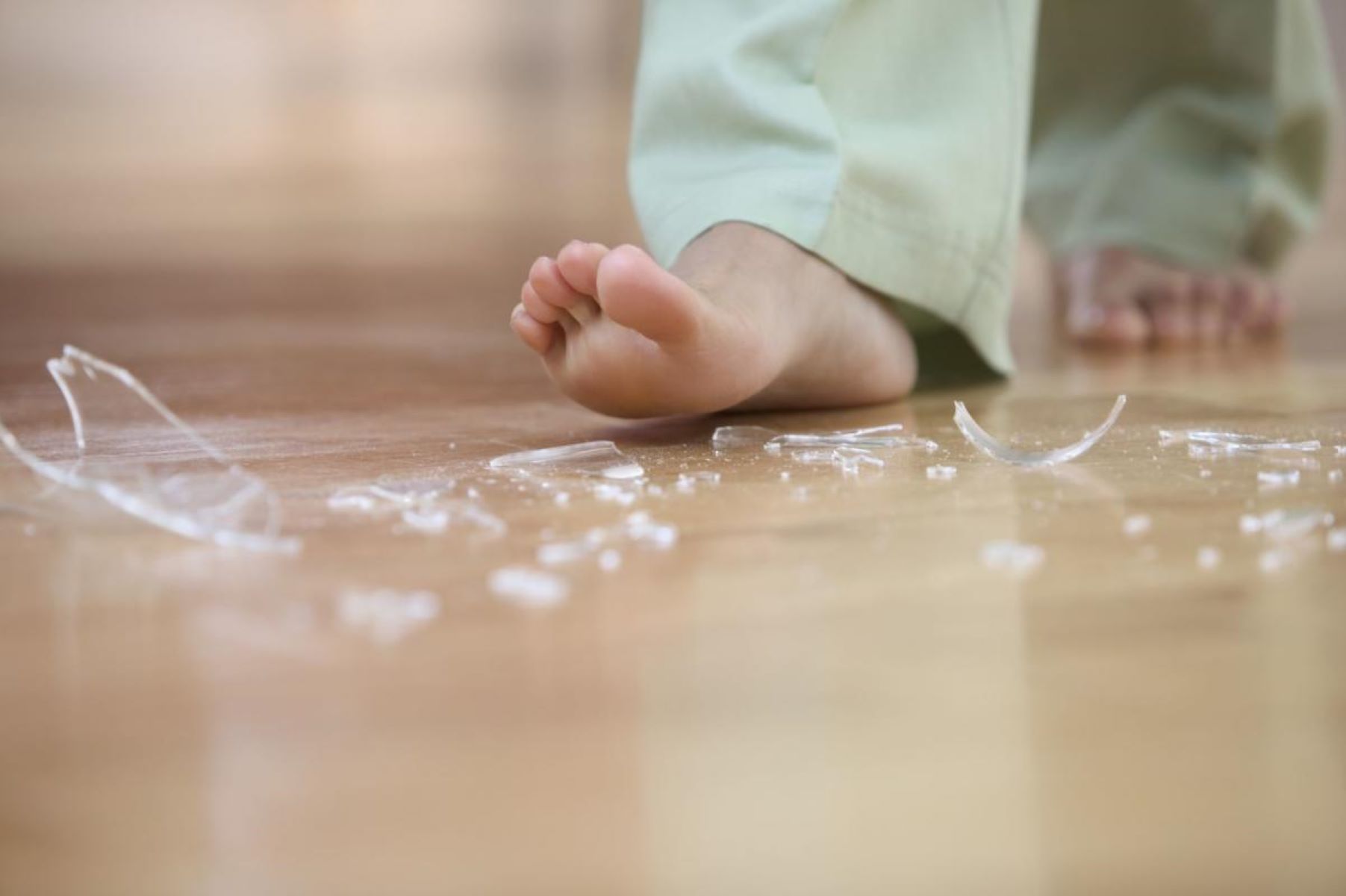

0 thoughts on “How To Remove A Glass Splinter You Can’t See”